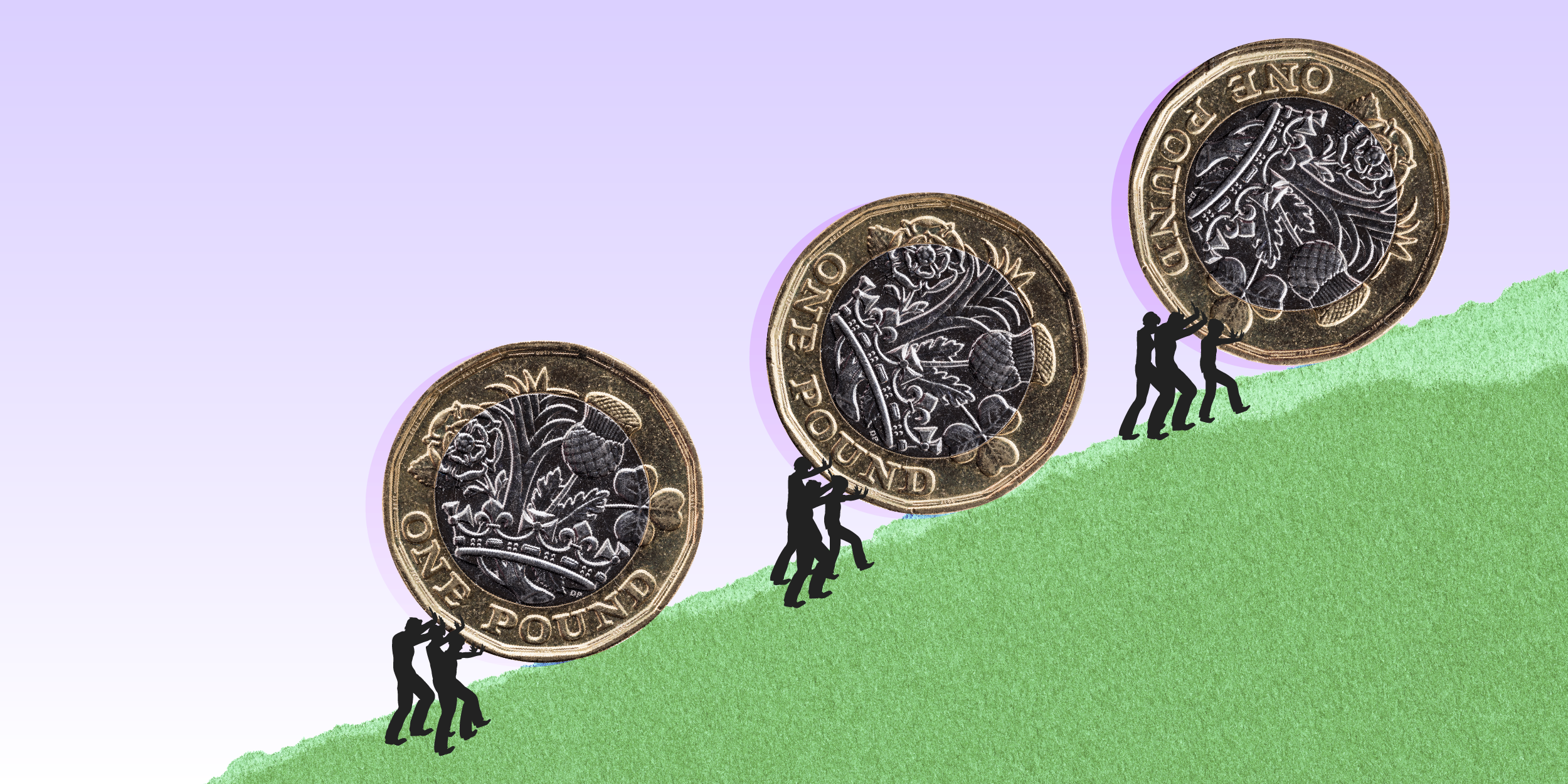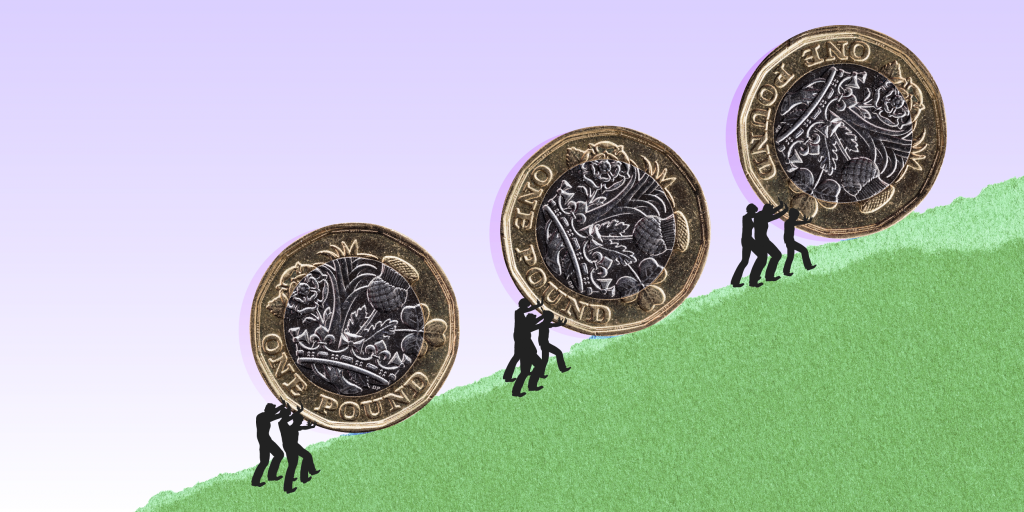
- The UK treasury determines an amount of public funding to give Queen Elizabeth's household each year.
- The household's financial reports show the payout, known as the Sovereign Grant, swelled from £30 million in 2012 to £86.3 million in 2021.
- The grant's year-over-year growth also outpaced inflation by at least a million pounds for seven out of the last eight years, according to an Insider analysis.
Public funding for Queen Elizabeth II and other senior members of the UK royal family has nearly tripled since 2012, according to an Insider analysis.
The palace's annual financial disclosure reports showed that the amount of taxpayer money the royal household took in swelled from £30 million in 2012 to £86.3 million ($116.6 million) for the fiscal year ending on March 31st, 2022.
Since 2012, the annual public payout has been known as the Sovereign Grant. It covers the costs of the Queen's official duties and travel as head of state, as well as for some other senior royals.
The UK treasury determines an amount of public funds to funnel into the Sovereign Grant each year based on a percentage of the profits generated by the Crown Estate, which is a series of assets, including property, that have passed from monarch to monarch for centuries but are owned by the state. As the Crown Estate is not the sovereign's private property, all of its revenues go into the public purse. An amount equal to 15% of those revenues is known as the "core" of the Sovereign Grant.
According to Insider's analysis of the annual reports, the core grant has grown by 60% since 2012, and its year-over-year growth has outpaced inflation by at least £1 million for seven out of the past eight years. For fiscal year 2021-22, the treasury has set the core grant at £51.8 million.
Since 2017, the UK treasury has topped off the core grant with additional funding to cover the costs of Buckingham Palace refurbishments at the royal household's request. With this temporary increase, the total Sovereign Grant is equal to 25% of Crown Estate revenues until 2027.
A Buckingham Palace spokesperson said that annual reports on the Sovereign Grant provide transparency on royal household operations. The royal household did not respond to Insider's detailed questions about the Sovereign Grant's growth over the last decade.
The value of the Crown Estate's portfolio declined last year because of the COVID-19 pandemic. According to the most recent disclosures, the estate reported a £269.3 million net profit on its revenue — a 21.9% decrease compared with the previous year.
While the royal household has benefited from the estate's growth, it has been shielded from taking a hit during less prosperous periods.
The treasury confirmed that the royal household wouldn't suffer any budget cuts as a result of those plummeting profits. "In the event of a reduction in the Crown Estate's profits in the reference year, the Sovereign Grant is set at the same level as the previous year," a statement on its website says.
"The rules for the Sovereign Grant incorporate a 'golden ratchet,'" Graham Smith, a spokesperson for the anti-monarchy-campaign group Republic, told The National in response to the treasury's announcement. "Once the grant goes up it can never come down, and the taxpayer loses out."
According to the Sovereign Grant annual report, the royal household's gross expenditure was £96.9 million in the fiscal year ending on March 31st, 2021 — £7.3 million more than the previous year. Most of the spending increase was concentrated in property maintenance, where the household spent £49.5 million, including £2.6 million on "external redecorations" for Buckingham Palace and Windsor Castle.
Other spending decreased in the 2020-21 fiscal year, including official travel expenses and housekeeping and hospitality. Staffing costs also decreased as the household implemented hiring and pay freezes.
